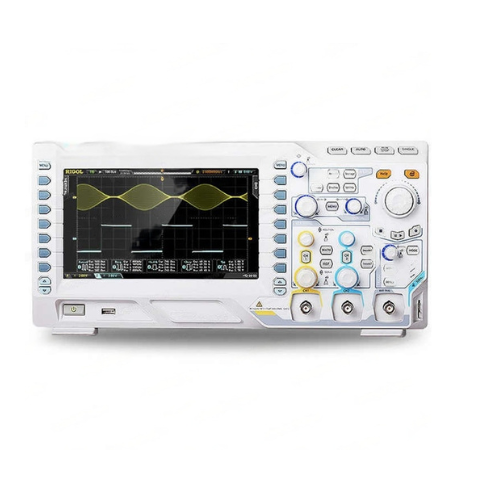
An Optical Time Domain Reflectometer (OTDR) is an invaluable and indispensable fiber optic testing instrument for fiber optic technicians. It is used to test the integrity of fiber optic cables. Specifically, OTDRs can detect length, loss and optical return loss of fiber optic cables or networks. However, an OTDR has a “Dead Zone” which can mess up with your test results. An OTDR Launch Box will help to overcome the Dead Zone brought about by high launch power or faults near the launch end of the fiber.
What is an OTDR Dead Zone?
A number of factors are responsible for OTDR dead zone. A dead zone prevents an OTDR from identifying between bends, other connectors, breaks, or shatters. In technical terms, the OTDR dead zone is the distance where the OTDR cannot detect any event or object on the fiber link. The presence of dead zones is a big disadvantage for OTDRs, especially in applications where a large number of fiber optic components are involved. Thus, it is important to minimize the effects of dead zones wherever possible. Hence, an OTDR launch box is important when carrying out OTDR testing as it acts as an interface between an OTDR and the fiber optic system under test.
What is an OTDR Launch Box?
OTDR launch box, depending on its functions, is known by several names like dead zone eliminator, pulse suppressor, dead zone box, fiber ring, fiber optic launch cable etc. The launch box simply provides a long and known length of cable. This long spool of launch cable with a pigtail on two ends is inserted between the fiber under test and OTDR, which helps in alleviating the dead zone distance.
How is the OTDR Launch Box used?
OTDRs create a picture named a “trace” or “signature” that show every splice, break, and faults in the fiber. However, there is always at least one dead zone in every fiber — where it is connected to the OTDR. In fact, the dead zone is the initial length of fiber optic cable just after the OTDR. The long launch cable helps avoid the dead zone and also allows time for the OTDR trace to settle down. This launch cable also ensures that the OTDR dead zone happens in the OTDR launch box. This in turn ensures that the fiber optic system under test remains unaffected by the OTDR dead zone.
OTDR Launch Boxes are available in many different configurations and fiber lengths. You can select the launch box as per your testing requirements. However, when selecting the launch box you must remember that the launch cable should be longer than the dead zone.
GAOTek offers several options under the OTDR Launch Box products which can be used with GAOTek OTDRs to overcome the problem of dead zones when testing fiber for faults.

